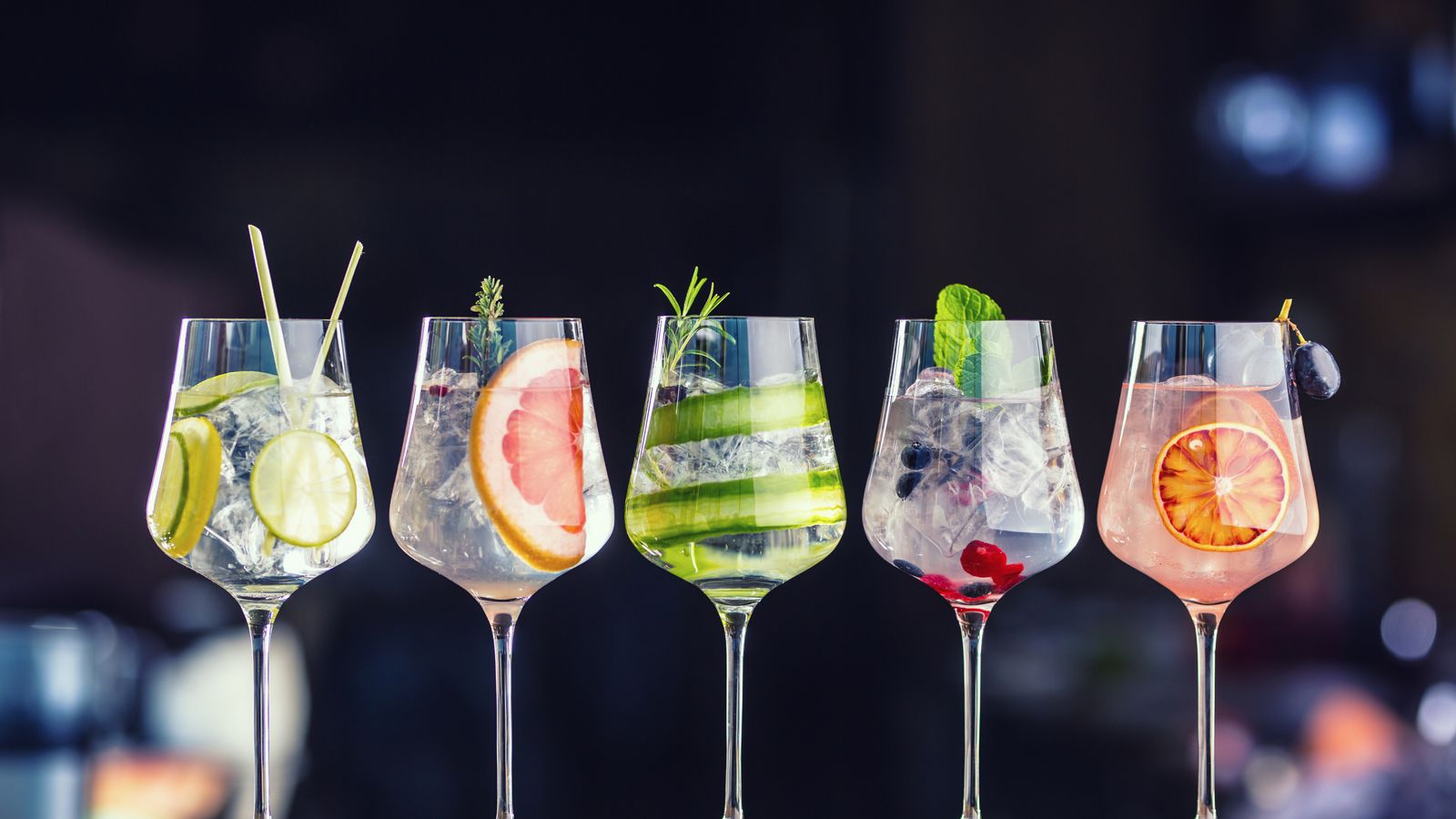Mention Campari and most people will think of the red bitters quaffed either with soda or as part of the classic Negroni cocktail.
They may not realise that the Italian aperitif is actually part of a much bigger company that bears its name.
That company, Davide Campari-Milano, is now the sixth-largest player in the global spirits industry behind Britain’s Diageo, Pernod-Ricard of France, Bermuda-based Bacardi, US-based Brown-Forman and the Japanese-American combine Beam Suntory.
And it is looking to get bigger.
Bob Kunze-Concewitz, the chief executive, told the Italian newspaper La Stampa today that the company was targeting more acquisitions – with premium brands in Asia and the United States its key focus.
Asked whether Campari was looking to carry out more activity in the field of mergers and acquisitions, he told the paper: “Yes. Campari has built a structure capable of managing revenues that are higher than our current ones. We aim for premium brands with a particular focus on the United States and Asia.”
Campari has been no slouch in recent years at acquisitions. Its last significant deal came when, in April last year amid the mayhem of the pandemic, it snapped up a majority stake in the 114-year old Lallier champagne brand.
The year before that, it bought the Trois Rivieres and Maison La Mauny French rum brands and the Montelobos mezcal brand. That followed the 2018 acquisition of the Bisquit cognac brand. Before that, in 2017, came Bulldog gin and, in 2016, there was the €684m (£590m) takeover of the French owner of Grand Marnier Liqueur.
In all, Campari has completed more than 30 acquisitions during the last 25 years, helping it build up an eclectic drinks cabinet that also includes Skyy vodka, Wild Turkey bourbon, Wray & Nephew white rum, Glen Grant Scotch whisky and Appleton Estate rum – as well as the local Italian favourites, Aperol aperitif and Cinzano, the vermouth brand whose TV commercials in the 1970s with Joan Collins and Leonard Rossiter remain among the best-loved in British advertising history.
One of its targets in doing so has been to reduce reliance on its home market of Italy which, according to the latest financial results, now accounts for just 16% of global sales – the lowest in the company’s 161-year history.
The comments from Mr Kunze-Concewitz will reignite gossip in the global spirits industry over which brands or drink categories Bacardi may be targeting. He has already indicated that he would be interested in doing more in the tequila category, currently the fastest-growing spirits category in the US, to augment the group’s current brands Espolon and Cabo Wago. Campari has also made clear it is sitting on a war chest of €4bn (£3.5bn) that it would be prepared to spend on the right deal.
Yet it is his mention of Asia which has excited most interest today.
Paola Carboni, analyst at the Italian investment bank Equita Sim, told clients in a note: “It is the first time that Asia is mentioned as a possible target market for acquisitions.”
In fact, Campari has already dropped a far broader hint about its intentions in the region, having recently relocated its Asia-Pacific regional headquarters from Sydney to Singapore – from where it believes it can more effectively target fast-growing Asian markets.
However, while it is the company’s fastest-growing market, Asia-Pacific still accounts for just 9% of Campari’s global sales. Strip out Australia, which makes up 7% of group sales, and it is obvious that the rest of Asia is a tiny part of the business. Its sales in China actually went backwards in the most recent quarter.
The size of Campari’s war chest, along with a recent restructuring of company voting rights that could unlock the ability to issue large amounts of shares as part of a takeover, has led to speculation that something big is imminent.
Just Drinks, the online news, market intelligence and data provider, recently told clients: “The move has increased speculation that this acquisitive company could be poised for an imminent large-scale purchase. Past history hints at a penchant for slightly dusty, neglected brand franchises that can be given a fresh lick of paint and a push towards renewed growth, such as Appleton Estate, Grand Marnier and Wild Turkey.”
It suggested that Cuervo, the world’s biggest-selling tequila brand and which is owned by Mexico’s billionaire Beckmann family, could be a possible target. It pointed out that Cuervo also owns other drinks brands, such as Bushmills Irish whiskey, which could benefit from Campari’s marketing flair.
Cuervo was floated on the Mexican stock market in 2017, potentially making it more vulnerable to a takeover, but the problem with the theory is that the Beckmanns, which have retained a controlling 85% stake, have proved extremely reluctant to sell in the past. Diageo, which previously had a marketing and distribution deal with the family, sought to buy the brand ahead of the end of that agreement in 2013 but was rebuffed. Its response was to acquire a string of tequila brands of its own, including Don Julio and Casamigos, with which it has enjoyed great success.
Any characteristic likely in any target for Campari is that it will be upmarket. The company launched a new division, called RARE, earlier this year for luxury brands. All of the leading spirits companies in recent years, notably Diageo, have noted the tendency of spirits buyers to “trade up” and spend more on their favourite drinks and this is a trend Mr Kunze-Concewitz is keen to exploit. He told investors recently that in the US, the world’s most important spirits market, sales of value products fell by 0.6% while those of premium products grew by 7.7% and those of so-called “super-premium” products by 9.7%.
It all means that the number of assets Mr Kunze-Concewitz is tracking is likely to be quite a small one – but that won’t dampen the speculation.






















